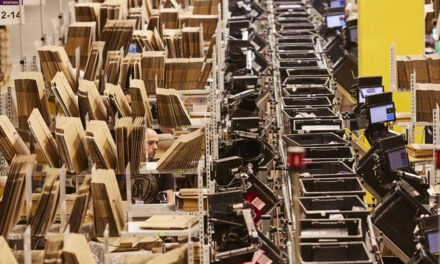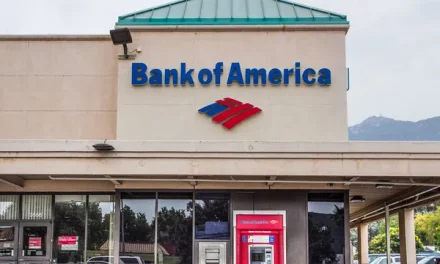Despite skyrocketing inflation and the rising cost of food, fuel, and other consumer goods, the American public continued to spend not only on necessities, but also on experiences like travel and dining out. These were unavailable due to two years of the pandemic.
While the economy saw a substantial decrease in consumer spending for the fourth quarter of 2022 due to diminishing savings and the much higher cost of living, economists were singing a different tune as January rolled in.
The US Commerce Department reports that retail sales and consumer spending both surpassed economists’ expectations as the new year opened with a resurgence in consumer activity.
Shannon Seery, vice president, and economist for the corporate and investment arm of Wells Fargo, opines that those who have money will undoubtedly have the willingness to spend it. Indeed, the only way to slow down consumer spending is a significant downturn in the labor sector.
Seery is also quick to point out that stronger spending at the start of the year may be seen as either a seasonal thing or the likely result of austerity measures towards the end of 2022.
Also, resurgent consumer spending is also likely to be temporary as a number of adverse factors are having an impact on the US and global economies.
Not as Safe as You Think
For Ted Rossman, a senior industry analyst for Bankrate and CreditCards.com, greater consumer activity can be construed as both a boon and a bane.
On the one hand, increased consumer spending has kept an economic recession at bay. On the other, more lavish spending within the context of high inflation rates could mean that many households will find themselves in debt.
While consumer demand remains strong and the job market is on an upward turn, economists are still warily watching the US Federal Reserve to see which way it’s going to jump – either in the direction of even higher interest rates which could lead to a grave recession or towards a more modest, regulated set of hikes.
The Transformative Power of a Pandemic
At any rate, economists cannot deny that the COVID-19 pandemic that shuttered the world between 2020 and 2021 has significantly altered the spending habits of consumers, not only in the United States but throughout the world.
While many people are making up for experiences they lost during the pandemic, Professor Cait Lamberton of the Wharton School believes that the most challenging times of the pandemic enabled people to realize what was truly important to them. This, in turn, pushed them to spend more on the things that matter the most in their lives.















